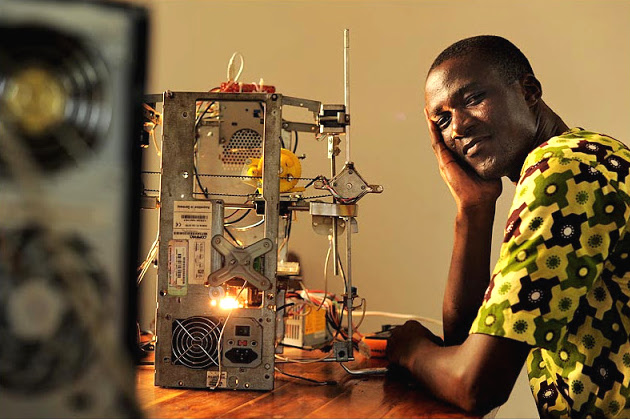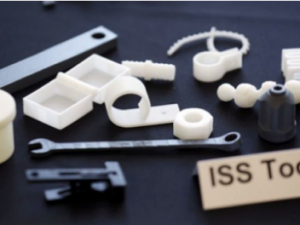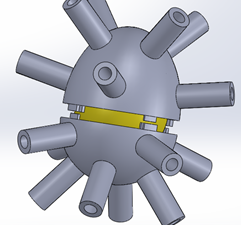
Kodjo Afate Gnikou, a resourceful inventor from Togo in West Africa, has made a $100 3D printer which he constructed from parts he scrounged from broken scanners, computers, printers and other e-waste. The fully functional DIY printer cost a fraction of those currently on the market, and saves environmentally damaging waste from reaching landfill sites. (Images: Ulule)
Developing Countries: How 3D Printing Can Help
When it comes to a novel technology, we are only limited by the way we currently think about the applications of such a technology. 3D printing can be integrated into areas such as the arts, education, health, manufacturing, DIY projects, and many more areas.
In the developing world, roughly 30 million people require prosthetics according to the World Health Organization. The simple concept and design of a 3D printer, combined with its portability, makes it a viable solution to meet the demand for prosthetics. Poor and rural communities around the world face limited manufacturing capacity. Thus people depend on the limited imported goods, due to lack of infrastructure. 3D printing has the benefits of reducing transportation costs, reducing material waste, and promoting local market products. One way to provide people with prosthetics could be to create a community center outfitted with a 3D printer and an internet connection. Although wireless internet is not readily available in most developing countries, internet infrastructure and service providers are working to improve internet accessibility. This would enable doctors from around the world to remotely assess a patient and provide the file containing the customized prosthetic design. With the click of a button, patients could then have a 3D printed prosthesis within a few hours that is affordable and uniquely tailored for their needs.
Another example of an issue 3D printing can tackle in developing countries is water availability. 783 million people do not have access to clean water. 3D printed buckets, jars and bowls could better allocate water to families that travel long distances to retrieve water. With the rapid advancements made in technology every day, a 3D-printed water filter is a possibility, which has the potential to save the lives of up to eight million people every year who die of water-related diseases.
International challenges that encourage the creative application of 3D printing to aid developing countries are beneficial for expanding the way in which we think about the boundless benefits of such a technology. In Techfortrade’s competition, the 3D4D Challenge, various organizations, charities, and NGOs (Non-governmental organization) created a diverse set of 3D printing concepts that can resolve some of the social and economic conditions of the developing world. Some of these ideas included 3D printed greenhouses (enabling local communities to produce their own food); 3D-printed shoes for people who suffer from foot deformities; and using 3D printing to develop solar lamp cases and solar panel beds.
As the price for 3D printers becomes more marketable, industries including agriculture, healthcare, and education in developing countries would largely benefit. As the 3D printing technology advances, and as we continue to develop innovative concepts, we’ll be able resolve more and more issues confronting people, proving that 3D printing has the power to change the world for the better!






